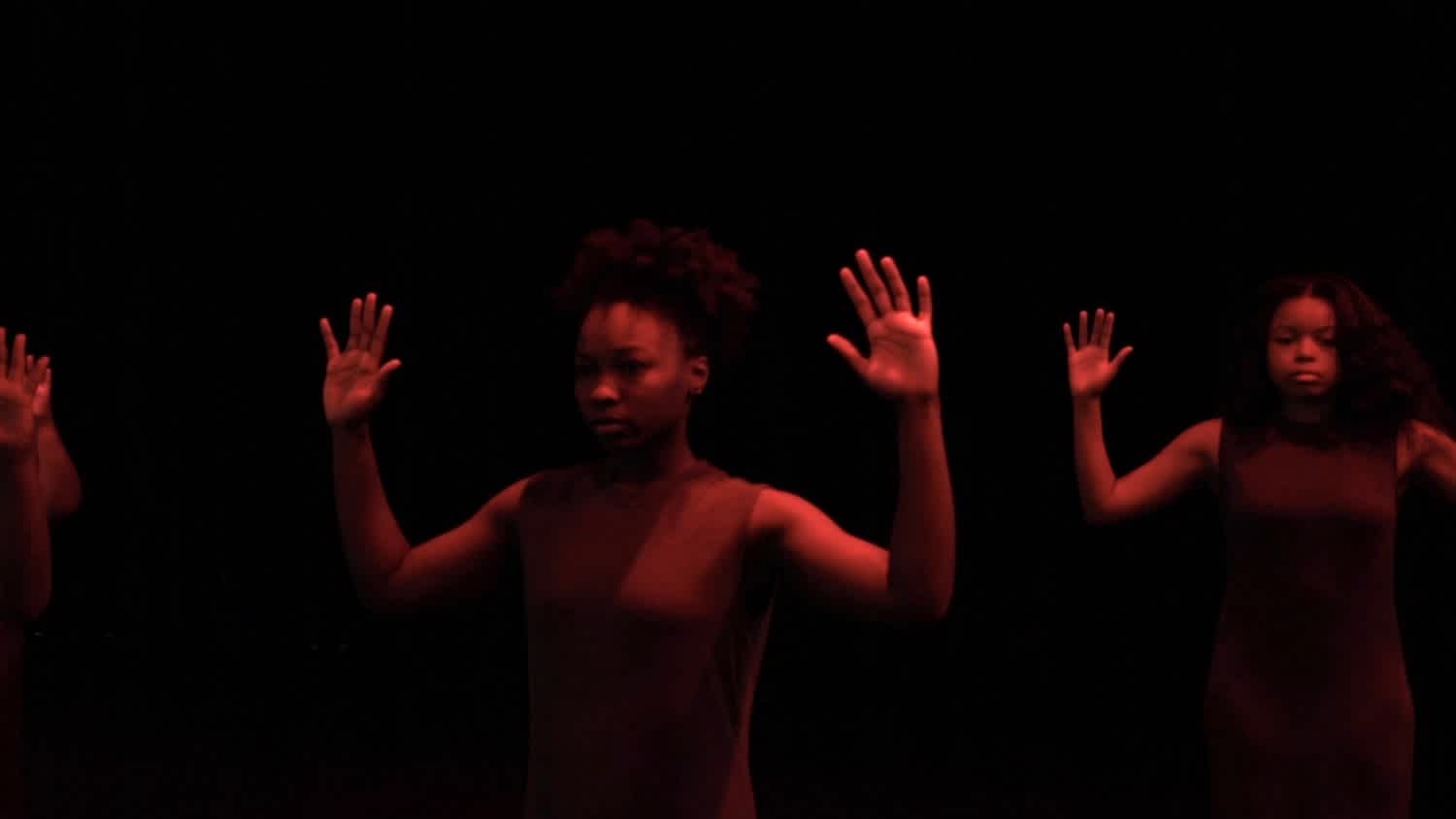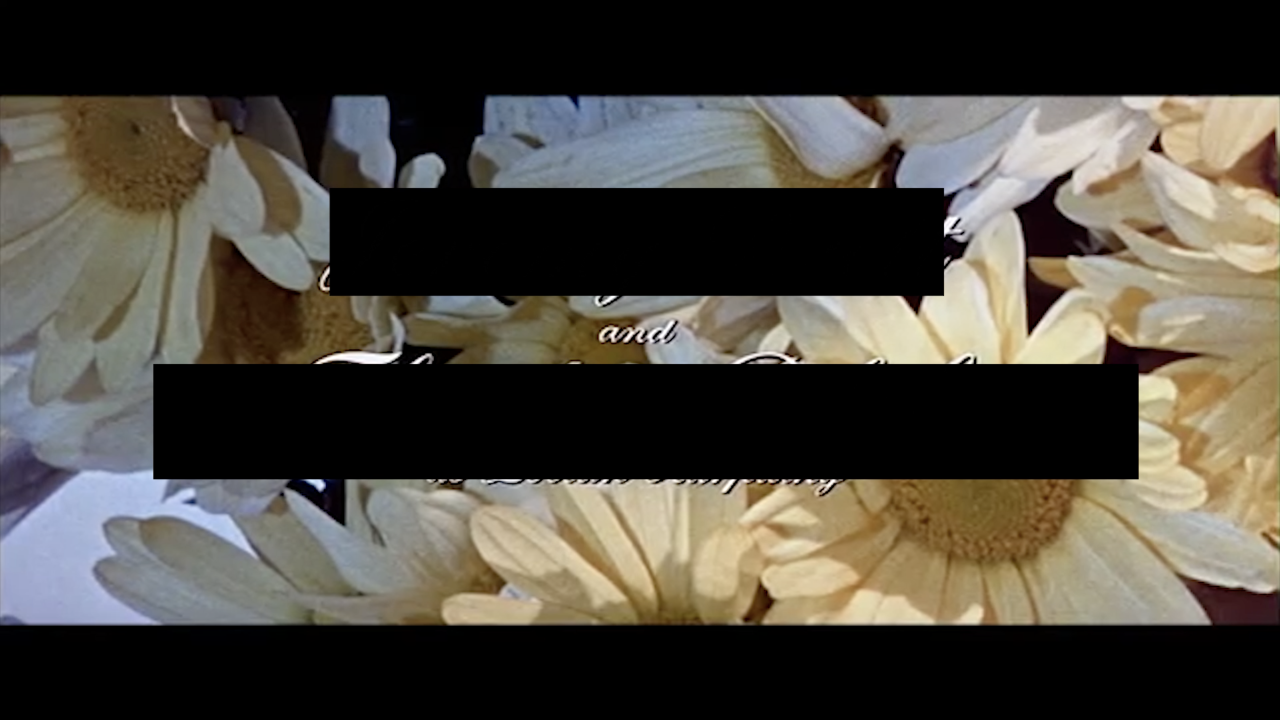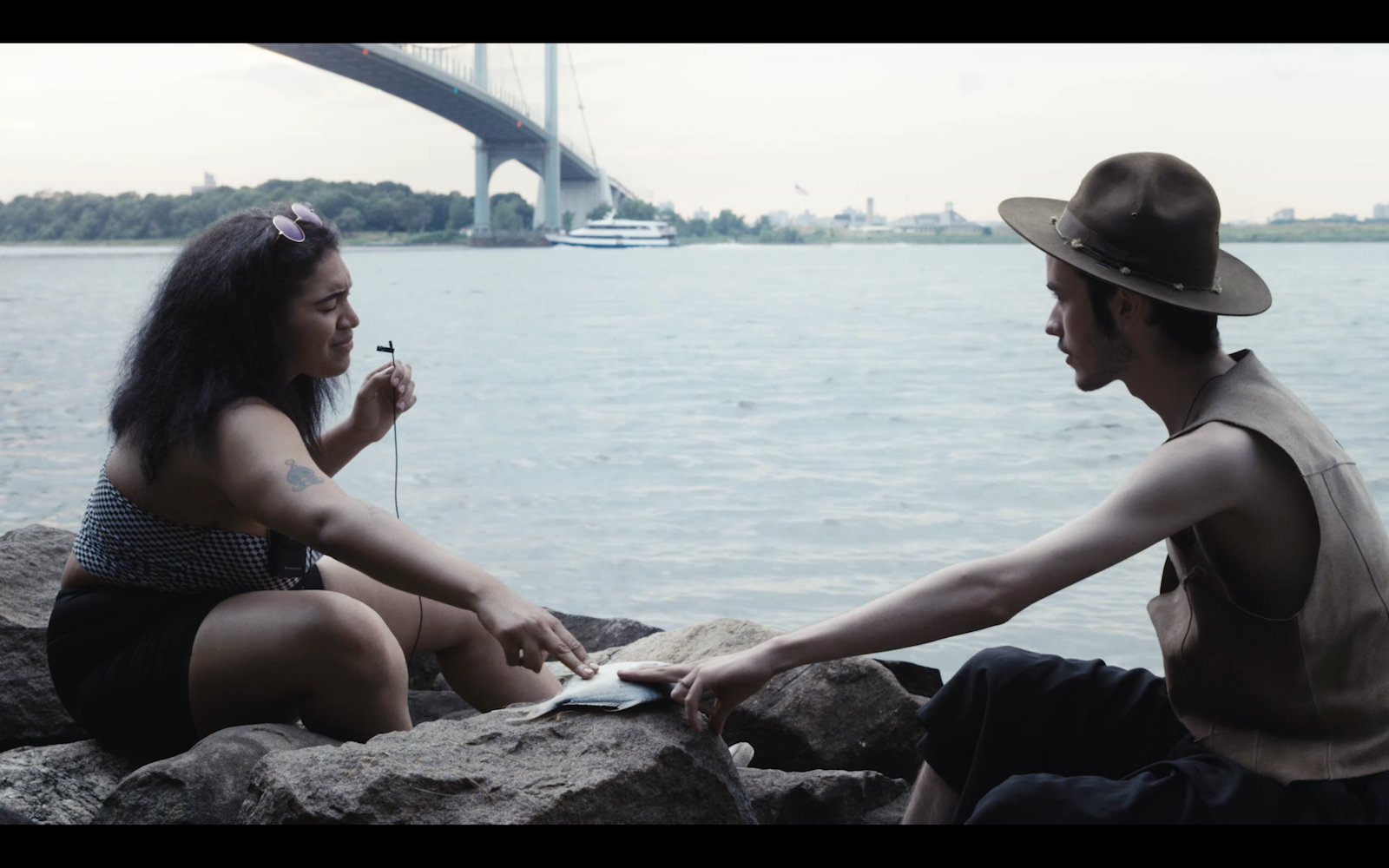
On View: April 28
512 West 19th Street
This Video Viewing Room features Allana Clarke’s Of My Longing and My Lack (2019), alongside a text written by Legacy Russell.
This presentation is organized by Legacy Russell, Executive Director and Chief Curator.
Beauty is a truly twisted artifact. It is a syrupy, devastating, and deceitful valence that as a technical tool bends the lens of reality. Reflecting on her Bluest Eye (1970), Toni Morrison begins the novel’s Foreword looking back at her text and noting as it opens [1]:
There can’t be anyone, I am sure, who doesn’t know what it feels like to be disliked, even rejected, momentarily or for sustained periods of time. Perhaps the feeling is merely indifference, mild annoyance, but it may also be hurt. It may even be that some of us know what it is like to be actually hated— hated for things we have no control over and cannot change.
These “things we have no control over and cannot change” that Morrison mentions reveal in one quick snap the theft of hatred. Hatred steals without looking back, leaving behind the punishment of carrying that unwanted worm, one that drills its way straight through. This is the leaving of a hole as the ultimate violent trace, what the narrator of Allana Clarke’s video Of My Longing & My Lack (2019) terms “acts of lovelessness.” To be unloved, then, is one thing; to carry the hole of hatred as burrowed into our becoming, an unwelcome parasite, is a whole other condition. It is a sentencing. Morrison terms this vulnerability as “woundability”; Clarice Lispector in her The Hour of the Star (1977) marks it as a “toothache.” [2] Morrison and Lispector present characters—made forcibly alien via the simultaneous codependency of becoming and being seen as raced, classed, and gendered agents—that each distinctly grapple with and fight against the wretchedness of being hated into invisibility. This invisibility warps the truth and renders us unrecognizable, most especially to ourselves; to bring a reflection back again requires a determined and deliberate tenderness.
As with Clarke’s protagonist, these figures from Morrison and Lispector persist through a world that lacks the gentleness to love in lieu of the fetish of extraction. These are cosmic, diasporic women that fight to reshape a language of self-love as a defiance, a living done in spite of near-drowning in a society that exists as a lesion. Clarke joins the lineage of Morrison and Lispector in her underscoring the real risk of rot that comes with a hate-full wound left unloved, unattended. Across the artist’s broad practice and as presented tenderly here, the artist takes on the acute subjecthood, personhood, objecthood, of Blackness—loved and unloved—as a history folded and unfolded into many histories, as a body folded and unfolded into many bodies. Clarke’s journeying into Blackness is in its unyielding discovery also a compositional debate. The artist establishes Black as a formal challenge of visuality; she pushes an encounter with Blackness as a material into necessary complications that distend and distort the color field of Blackness as a feminist project. With the vast abstraction of Black blooming all around the figures in her video, Clarke’s narrator, and the work as it gestures in a myriad of directions, refuses the wound of an essentialized singularity. Courageous, she chooses to keep living, loving on her own terms instead.
Clarke’s narrator has a voice that rings like a bell, a harbinger of emergency. It speaks out of the echoes of a room emptied of any identifiable environment but filled with many haunted layers of becoming, versions of versions, selves unwrapping themselves, the echo and hiss of intergenerational histories: “My mother taught me how to hate Blackness in myself, and in others'' and then, “My appearance was of particular annoyance to her.” Here, Clarke positions the viewer indirectly in-between a conversation between mother and daughter; we eavesdrop and as a third party bear witness to the ache as it begins and then embeds itself, a strangling force that winds its way through Of My Longing & My Lack, a tensely generous eleven minutes.
The relationship and exchange between daughter and mother within Jamaica Kinkaid’s short story “Girl” (1978) provides an apt counterpoint to the exchange Clarke sets forward, with Kinkaid’s story struggling with a gendered roughness as a racialized roughness across kin, a fearfully-induced starving of intimacy that is inherited. While Clarke’s protagonist lists the things that a mother might disdain (“My hips, my lips, my ass, my nose.”), Kinkaid concludes her “Girl” with a question and answer that cuts with judgment:
but what if the baker won’t let me feel the bread?; you mean to say that after all you are really going to be the kind of woman who the baker won’t let near the bread?
What does it mean to “be the kind of woman who”—? Clarke’s piece positions this exact question at the fore, insisting against, in Clarke’s protagonist’s words, “some particular fantasy” of Black womanhood. A fantasy, then, in this case, becomes the troubled teaching, a worm we cannot shake. The monologue of Clarke’s making reveals the harm caused by the demand for a structural Blackness that demands sticking to the script and following the rules. Here, the scorn of the lack—the ultimate condemnation—gives way to an unyielding longing, a hole that frustrates because of all the times it has been cut just too deep to be refilled completely.
BIO
Allana Clarke is a Trinidadian-American artist whose practice is built upon a foundation of uncertainty, curiosity, a will to heal, and an insistence upon freedom. Fluidly moving through photography, sculptural and text-based works, video, and performance, her research-based practice incorporates socio-political and art historical texts to contend with ideas of Blackness, the binding nature of bodily signification, and the possibility to create non-totalizing identifying structures.
Clarke received her BFA in photography from New Jersey City University in 2011 and an MFA in Interdisciplinary Practice from MICA’s Mount Royal School of Art in 2014. She is an assistant professor at Wayne State University in Detroit. Clarke has been an artist in residence at the Skowhegan School of Painting & Sculpture, The Vermont Studio Center, Lighthouse Works, and Yaddo. She has received several grants including the Toby Devan Lewis Fellowship, Franklin Furnace Fund, and a Puffin Foundation Grant. Her work has been screened and performed at Gibney Dance in NY; Invisible Export, NY; New School Glassbox Studio, NY; FRAC in Nantes, France; SAVVY Contemporary in Berlin; and was featured in the Bauhaus Centennial edition Bauhaus Now: Is Modernity an Attitude. She recently completed a 2020–2021 NXTHVN fellowship, a mentorship program co-founded by artist Titus Kaphar. Clarke is represented by Galerie Thomas Zander in Cologne and Kavi Gupta Gallery in Chicago.
CREDIT & FOOTNOTES
Film: Allana Clarke, Of My Longing & My Lack (2019). HD video, 11:00 minutes. Performers: Shakara Wright, Shakirah Stephens, Chandler Bingham, Raven Reid. Voiceover: Shakerria Henderson, Kitoko Chargois.
Footnotes: [1] Toni Morrison, The Bluest Eye (First Vintage International Edition, 2007. Foreword, 1993, 2007), x; xii. N.B.: Foreword printed with the opening as such in 2007; initially printed in 1993 in part as the Afterword. [2] Clarice Lispector, The Hour of the Star (New Directions Publishing Corporation, 2020), 3.


